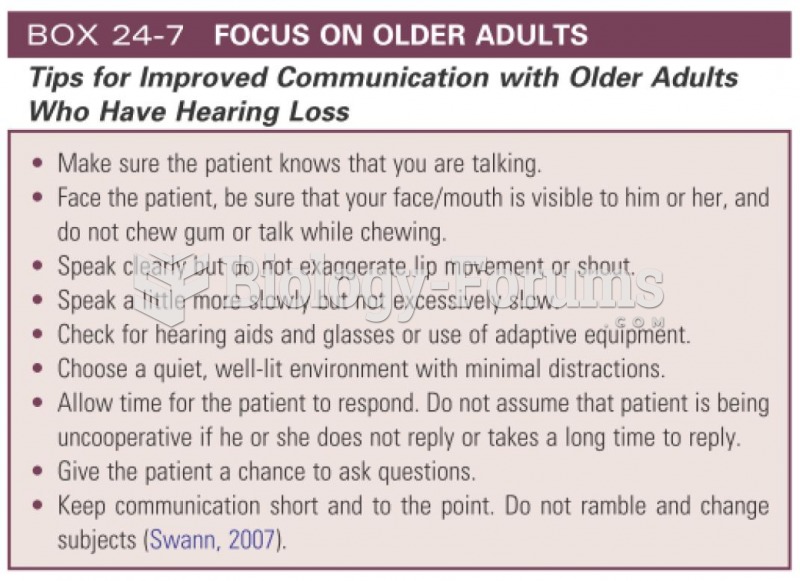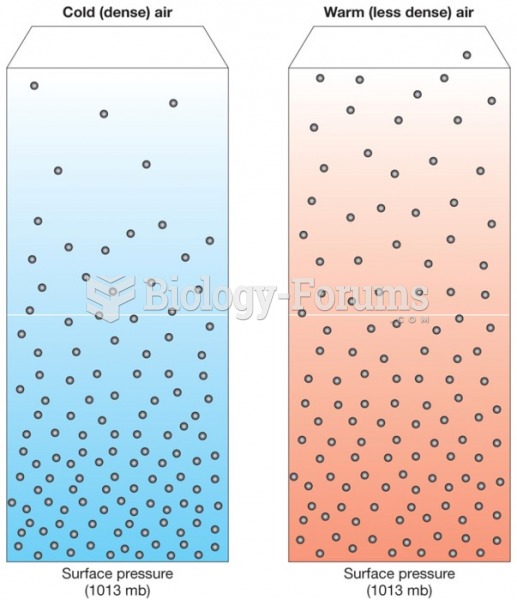Answer to Question 1
Broadly speaking, four channels of communication exist: visual, written, oral, and nonverbal. However, these broad categories can be broken down further. For example, written communication can be disseminated using a variety of media or forms, including memos, letters, emails, instant or text messaging, faxes, press releases, company websites, blogs, blog applications, wikis, and reports. Oral communication can also use various media or forms such as face-to-face or interpersonal, telephone, voice messages, teleconferences and videoconferences, speeches, meetings, and podcasts. Typically, nonverbal communication supplements oral forms, but it should not be underestimated because most communication in face-to-face situations is often nonverbal. Similarly, visual communication supplements both written and oral forms of communication in the form of slide presentations, diagrams, photographs, charts, tables, video, and artwork.
Channel choice might be influenced or informed by steps in the planning process. For instance, the contextual forces may affect how a message is sent. If an organization typically conveys most routine messages using email, for instance, this may be the most obvious choice. The purpose of communication might affect channel choice as well. In a situation in which the purpose is primarily to establish a relationship or convey goodwill, a face-to-face meeting might be the best choice to achieve this goal. Audience analysis might yield information that indicates it prefers a particular medium of communication such as email or phone discussions.
Answer to Question 2
To speak or write effectively, you must think through what you are trying to say and understand it thoroughly before you begin. Ask yourself why you are preparing a message and what you hope to accomplish. Condense the answers into a brief sentence that outlines the purpose for writing or the central idea of your message. You will use the central idea to organize your message to achieve the results you desire.
The major purpose of many business messages is to have the receiver understand logical information. Informative messages are used to convey the vast amounts of information needed to complete the day-to-day operations of a business-explain instructions to employees, announce meetings and procedures, acknowledge orders, accept contracts for services, and so forth. Some messages are intended to persuade-to influence or change the attitudes or actions of the receiver. These messages include promoting a product or service and seeking support for ideas and worthy causes presented to supervisors, employees, stockholders, customers or clients, and others. Additional purposes include establishing a good relationship with your audience and establishing and maintaining your own credibility as a professional, both of which can help increase persuasiveness. In addition to identifying the purposes of the message, it is also important to decide which channel and medium would be most effective and appropriate.







